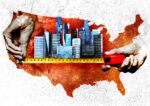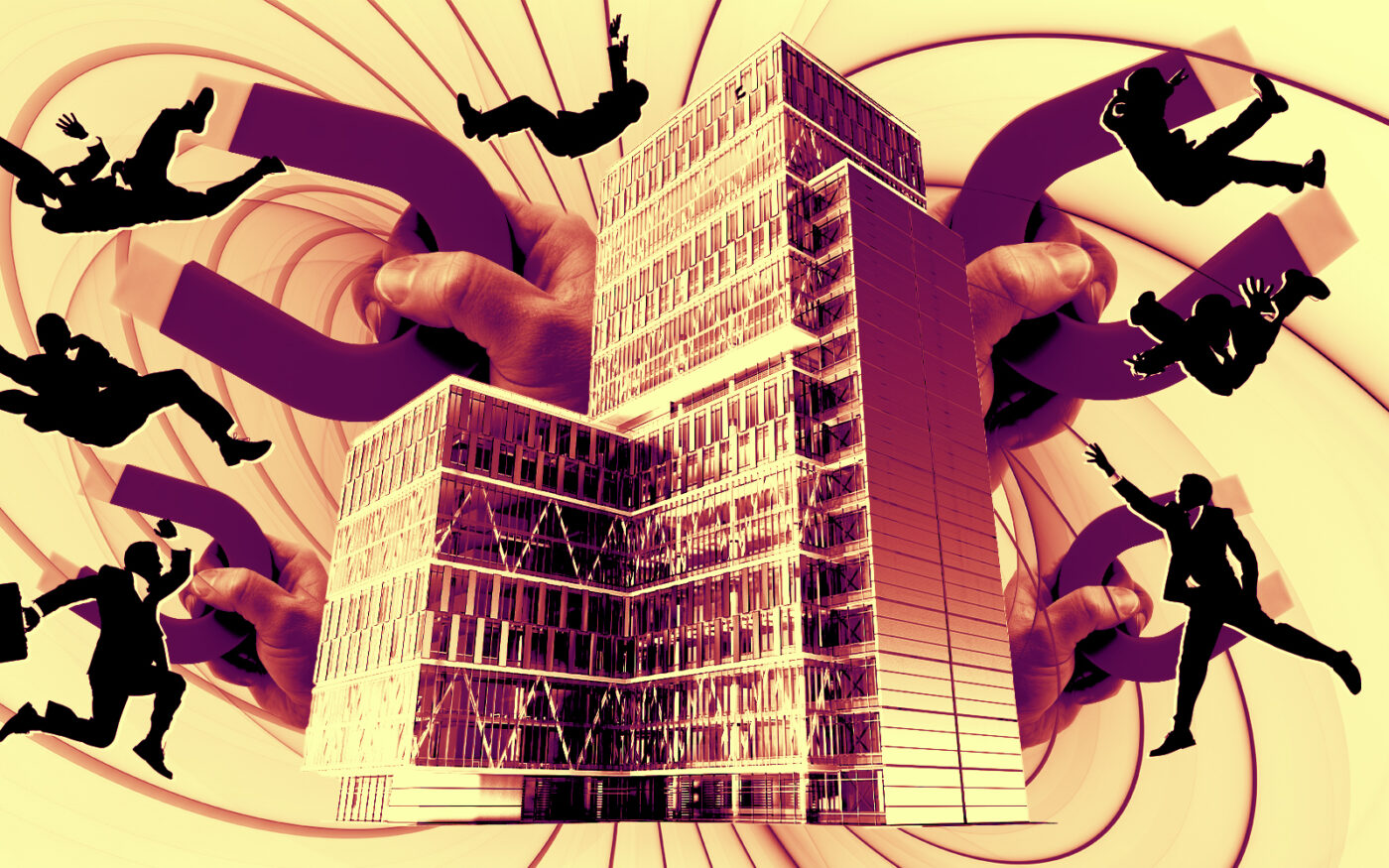In the Great Resignation, millions of Americans ditched old jobs for new ones or none at all, leaving employers powerless to demand workers return to the office.
But the Great Resignation is over, data show. Could that mean the annual prediction of employees streaming back to their desks after Labor Day actually pans out?
Such expectations never materialized in the first year of the pandemic (2020), the first year of vaccines (2021) and the first year that pretty much everything but office work was back to normal (2022). That was because employees relished their new flexibility and companies feared they would bolt if forced back to their desks.
This time will be different, some say, citing employers’ increased leverage in the never-ending back and forth with workers.
“The pendulum has swung back towards the company,” said Nick Romito, co-founder, and CEO of VTS, a commercial real estate leasing and asset management platform.

One analysis supports that notion. A JLL study found that 2.5 million office-based employees in the U.S. will face return-to-office mandates through the end of the year.
Most of those policies are set to take effect in September as school resumes and summer winds down. Firms including BlackRock, Meta, Robinhood, and even the company that became synonymous with remote work — Zoom — have called their employees back into the office.
The industry’s argument is that productivity will be better over the long term.
“For the first time in a long time, there’s going to be clear winners and losers,” Romito said. “And the winners are going to be the most connected, productive teams. These are folks who are together. And the result of that is them winning in the market, whatever category they’re in.”
A VTS study found that the national demand for office space has stabilized, but New York City’s office demand index increased by 7.4 percent year-over-year — the most of any market in the study.
Between mandates and employees’ feeling less confident that they could pick up and go elsewhere, JLL projects office occupancy will increase to 55 percent to 65 percent by year-end and likely set a post-pandemic record. On the most popular midweek days it could trend over 80 percent.
Offices have remained ghostly on Fridays, and even if a return-to-office surge happens, it would likely be on Tuesday through Thursday.
Last year between Aug. 29 and Sept. 12, 49 percent of Manhattan office workers came in, according to a survey of 160 major employers reported by the Commercial Observer.
This year, pre-Labor Day, some have already noticed a difference.
Marie Boster, president of the Fifth Avenue Association, a Midtown business improvement district, said, “I’m seeing a lot more of my restaurants in the post power lunch hour have no availability because everybody’s going out for lunch.”

Another sign from the data is that after several months of decline, U.S. office leasing has begun to rebound. Gross leasing volume is up 11.6 percent from this time last year, the fastest growth rate since mid-2021, according to the report.
Read more



Select industries have been driving office demand. Leasing by energy companies and utilities has grown nearly 40 percent year-over-year, the study found. Tech-oriented office districts are also seeing a much-needed pickup from artificial intelligence, as some workers fear missing opportunities during the AI craze.
Aside from employer mandates, remote-work fatigue and fear of missing out, some employees could be prompted by their children’s change in routine.
“There’s this shift where you say, ‘Okay, my kids are going back to school, I’m going back to work too,’” Boster said.
